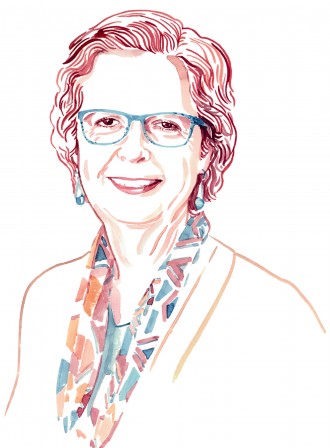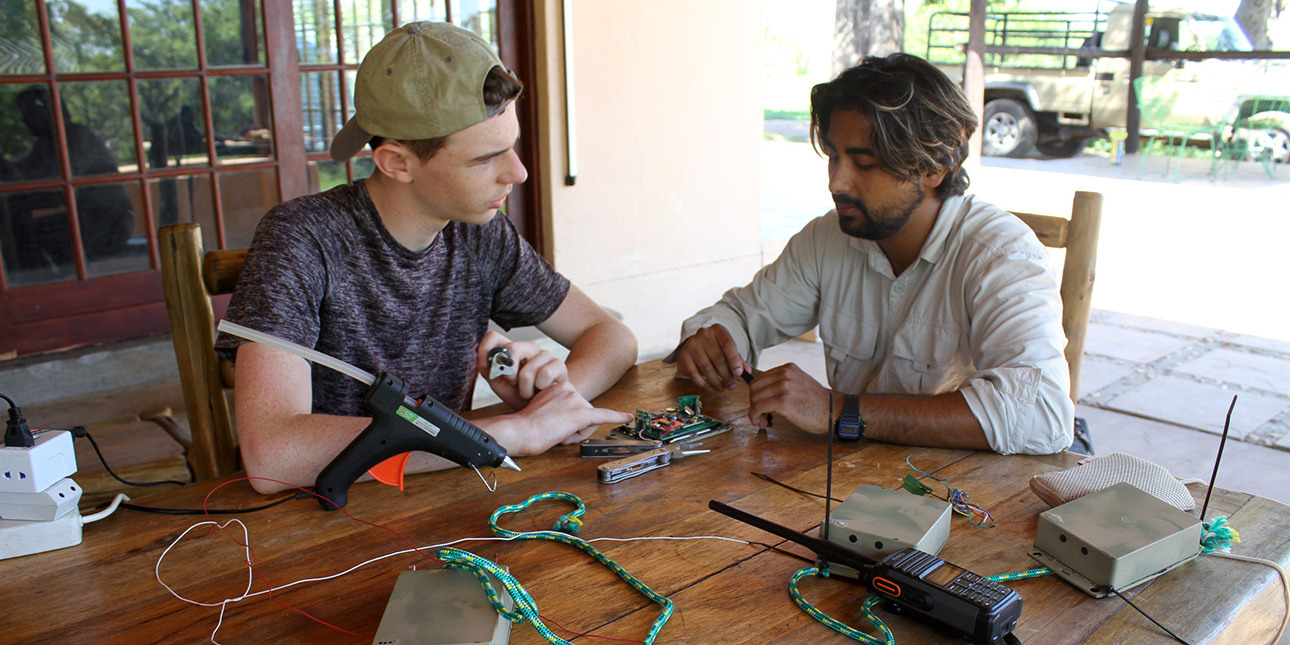Our cover this issue features Ami Vitale’s magnificent photo of Fatu, one of the last two surviving female northern white rhinos on Earth.
The northern white rhino once ranged over parts of Central Africa. But years of widespread poaching and civil war in their home range devastated northern white rhino populations, and they are now extinct in the wild.
Today South Africa is home to nearly 70% of the remaining rhinos left in the world, mainly southern white rhinos and black rhinos, numbering about 24,000. In 2007, 13 rhinos were killed in South Africa. Then demand skyrocketed in China and Vietnam for rhino horn as a cure-all for everything from cancer to hangovers. In the last decade poachers have killed more than 8,000 rhinos in South Africa.
Faced with the realization that rhinos could become extinct in his lifetime, McCormick School of Engineering senior Saif Bhatti decided to do something to stop the slaughter. Just a year ago the industrial engineering and philosophy double major created a smart listening device that can detect gunshots on the savanna and send signals to ranger stations to help catch poachers in the act (see “Saving Africa’s Last Rhinos”).

Stephanie Russell, executive editor of Northwestern Magazine. Illustration by Anje Jager
How Bhatti went from the kernel of this idea to field-testing his Renoster device in Thornybush Game Reserve in South Africa last summer is a tribute to Bhatti’s determination and the power of Northwestern networking. After meeting first with his computer science and mechatronics professors, he’s turned to more than a dozen faculty, students and staff at McCormick School of Engineering, Northwestern Pritzker School of Law and the University’s Global Learning Office for support to get the project off the ground.
“I see the value of making connections with people,” Bhatti says. This project started just last April, and he returned to South Africa last December. Now Thornybush wants to do a long-term development program with Renoster.
“We wouldn’t have been able to get where we are today without all of Northwestern’s help,” Bhatti says.
Stephanie A. Russell
Executive Editor




Reader Responses
Just found this article. I wonder, is this device is still used? Sadly, the poaching still continues. Even at a lower level, I wonder how long they can hang on.
—Chris Dallman Spokane, Wash.
Congratulations on your latest issue of Northwestern. It’s chock full of interesting and well-written articles and miscellaneous information — the perfect companion during the pandemic lockdown!
—Chuck Remsberg '58, Wilmette, Ill., via Northwestern Magazine
This is an innovation that hopefully will curtail the "pending" extinction of rhinos, both black and white. Friday, May 1, is International Rhino Day, bringing awareness (hardly needed) to this immediate challenge and for Saif a critical opportunity.
While spending time in Uganda capturing medical facility images for various foundations, the last day brought me in direct contact with protected white rhinos (protected from poachers 24/7 by an armed guard).
—Robin Pendergrast Salt Lake City, via Northwestern Magazine
No one has commented on this page yet.
Submit a Response